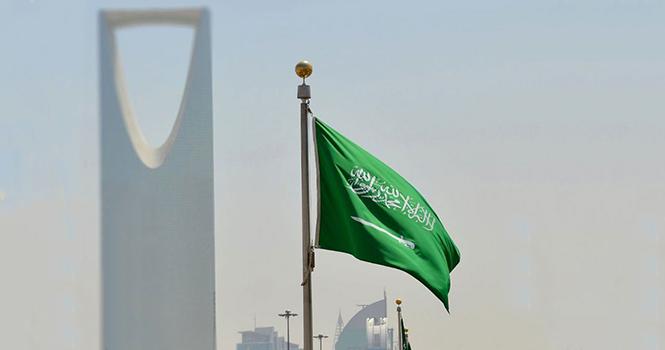
Saudi banks’ risk profiles stronger than others in GCC: Fitch
Saudi banks typically have the strongest risk profiles among lenders in the major Gulf Cooperation Council (GCC) markets, which underpins their asset quality, Fitch Ratings said in a report.
Asset quality and risk profile scores for banks in the region are strongly correlated, as the business models of GCC banks are mainly focused on lending. Accordingly, credit risks are a major influence on their risk profiles, the rating agency added.
The weighted-average risk profile score for Saudi banks is just below “bbb+”, and the weighted-average asset quality score is “bbb+”. Meanwhile in the UAE, Qatar, and Kuwait, both weighted-average scores are two notches lower, at “bbb-”, the report included.
The solid scores for Saudi banks are despite credit growth of about 2 times the GCC average in 2022-2023 due to increased government spending and strong non-oil GDP growth. Nonetheless, banking system assets were still only 99% of GDP at 2023-end, compared with 206% in the UAE, 240% in Qatar, and 159% in Kuwait.
Fitch’s stronger risk profile assessment for Saudi banks reflects their generally more conservative underwriting standards and risk controls. It also takes into consideration the rating agency’s view that the Saudi Central Bank (SAMA) is the strictest and most prudent banking regulator in the region, according to the report.
Exposure to real estate and construction companies by Saudi banks increased to 15% of gross sector financing at the end of Q1 2024 from 12% by Q1 2021-end.
The agency expects the trend to continue as non-oil sectors expand further.
Saudi banks’ real estate financing proportion is now similar to that of Qatari and UAE banks, but still below the average for Kuwaiti lenders (24% of gross loans by 2023-end), Fitch further explained.



























